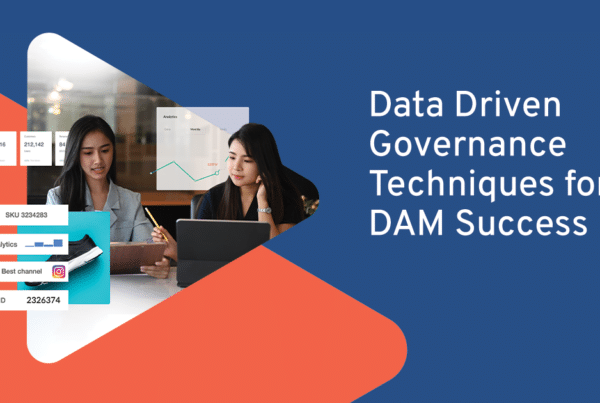
Data Driven Governance Techniques for DAM Success
September 2, 2024
Data Driven Governance Techniques for DAM Success
If you’ve ever been in a conversation with people who run digital asset management (DAM)…
